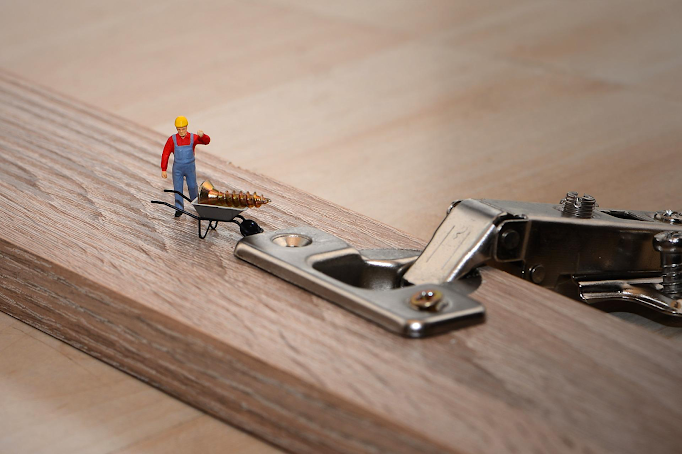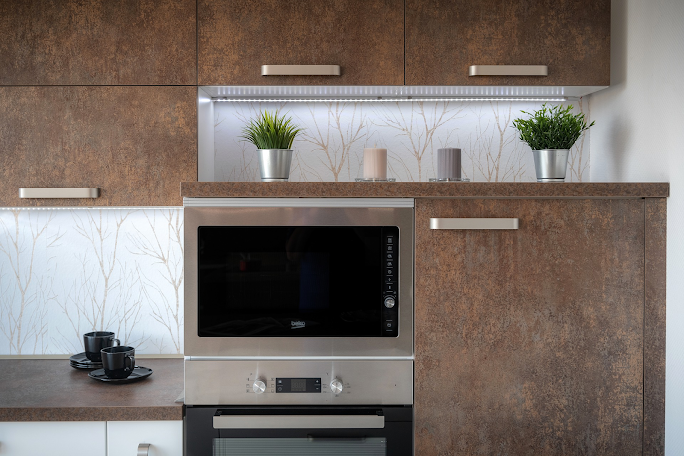Kitchen Remodeling Details
When you start to think about remodeling your kitchen, you will realize there are many little and large decisions to make, one major item that can be a focal point is the back splash. If you may want to get technical about splashes, the most common and least expensive back splash, is usually a 4 1/2” to 6” high strip of stone or stone composite that matches the counter top color and material. We all know however that to make the kitchen look its best and to make that statement piece you may want to showcase, you have to put emphasis in selecting and getting a great looking back splash installed.
Here’s a short list of what materials can be used to create your back splash:
Porcelain or ceramic tile, mosaic tile or stone, Slab of stone or composite slab of stone, Acrylic, Metal, and Glass. The last three are the least used, and mostly are used for more contemporary or modern kitchens.
When trying to decide what will work best with that stone that has some glass looking chips, and that very busy mosaic tile you may have fallen in love with; you must decide which you like better, because the truth is mixing a very busy back splash with a busy counter top, will not look great, and may even make you a little dizzy to look at. So by deciding which you love the most, you can then narrow down the choices to select the material that compliments what you have selected previously and you can also think about the back splash as the one element that pulls everything else together.
For a great looking splash raise it all the way up to the bottom of the wall cabinets, if you are using chimney style hood you may want to raise the tile all the way up to the ceiling. For a more traditional looking design, a medallion or special detail can be placed behind the stove or cooktop and right below the hood area. Keep in mind herringbone and other intricate tile patterns will require about a 20%-25% overage for waste. Also don’t forget the grout, smaller joints will require non sanded grout and larger than 1/8” grout joints will require a sanded grout, and the gap can be as large as 1/2” thick. Last bunt not least, Do not forget to seal the grout properly, and remember to keep up with regular maintenance you should re-seal the grout at least once a year.



Comments
Post a Comment